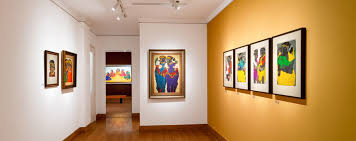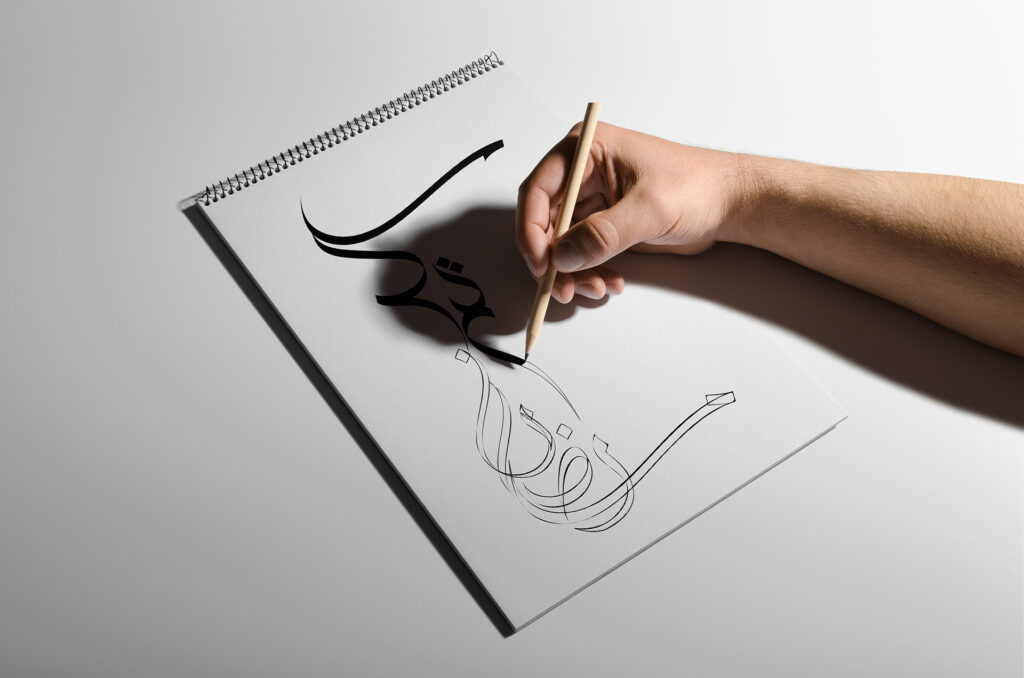
Menu

Calligraphy is no longer just a classical craft—it’s become a cutting-edge form of artistic expression. Contemporary calligraphers and typography artists are blending ancient scripts with modern aesthetics, turning letters into visual poetry and shapes into meaningful design.
These artists experiment with tools, styles, and formats. Some use traditional brushes and inks, others opt for digital pens, spray cans, or even stitching on fabric. From Sanskrit to Devanagari, Arabic to Latin alphabets, every script finds a new rhythm in today’s creative hands.
Modern calligraphy isn’t always readable—and that’s intentional. Artists distort, deconstruct, or abstract letters to focus on movement, energy, and texture. The written word becomes visual emotion. In murals, on paper, or as part of interactive installations, text takes center stage.
Typographers too are innovating. They create new fonts, bend typefaces into shapes, and use lettering as standalone art. Graphic design, poster art, and branding increasingly feature original, hand-drawn typography, replacing standard digital fonts with unique flair.
This movement is especially powerful in India, where language diversity offers endless visual inspiration. Artists combine local scripts with global influences, making art that speaks not just in language, but in rhythm, tradition, and modernity.
Whether elegant or edgy, contemporary calligraphy shows that letters are more than tools—they are art in motion.

@THE INDIAN ART COTTAGE
© The Indian Art Cottage | All Rights Reserved | 2025